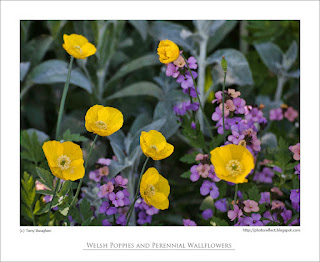click photo to enlarge
It has rained at some point on most days for the past three months. You might be wondering what's so unusual about that - after all it is the British Isles. But the fact is, the eastern side of England is relatively dry. Spring is often so, and summer too. Consequently I expect to be able to go about my business without wondering what to wear on my body and feet. This year, thus far, that hasn't proved possible. Most of the rain has been steady, regular and not too heavy, but in sufficent quantity for the water companies to lift the drought restrictions that resulted from particularly low rainfall over the past couple of years. Yesterday, however, we had torrential summer downpours accompanied by crashing thunder and jagged lightning. The rain couldn't easily penetrate the saturated ground and formed large puddles and pools on the roads and on the gravel of my drive.As it happens I'd been waiting for a heavy downpour accompanied by wind because we'd recently cleaned our windows and wiped them over with a liquid that is part detergent, part anti-static agent. I believe it used to be advertised as incorporating "nano-technology"! The advantage of this addition to the traditional clean is that water beads and runs off the glass very readily, grime doesn't build up as easily, and window-cleaning can be infrequent without any detriment to the clarity of the glass. A further advantage is that it causes the raindrops to collect in a very photogenic way, and I'm not one to pass up a photographic subject with those qualities.
So, as the rain lashed down you could find me with the macro lens on my camera, examining the raindrops on the windows from inside each room, looking for good collections to photograph. Here are the best two. The varying sizes of the water drops gives the shots a three dimensional character. They remind me of an asteroid belt comprised of shards and blobs of glass.
photographs and text © Tony Boughen
Camera: Canon
Mode: Aperture Priority
Focal Length: 100mm macro
F No: f7.1
Shutter Speed: 1/100 sec
ISO: 320
Exposure Compensation: 0 EV
Image Stabilisation: On
















.jpg)










.jpg)







